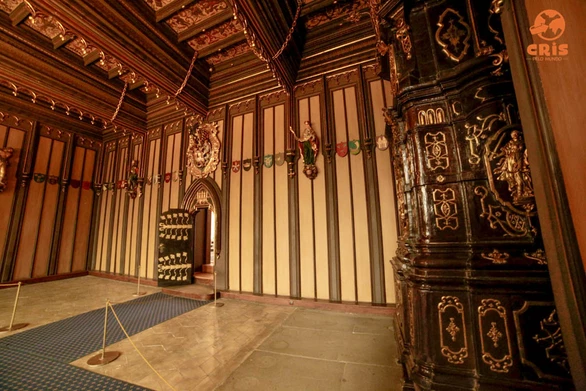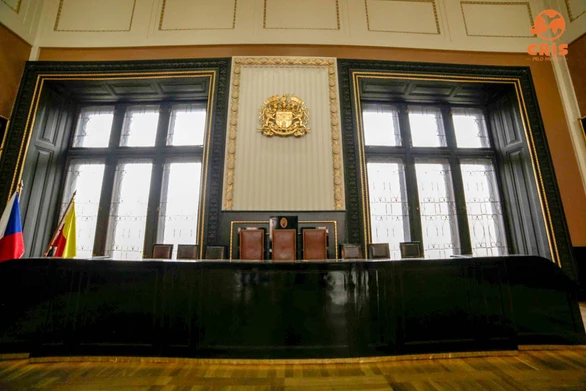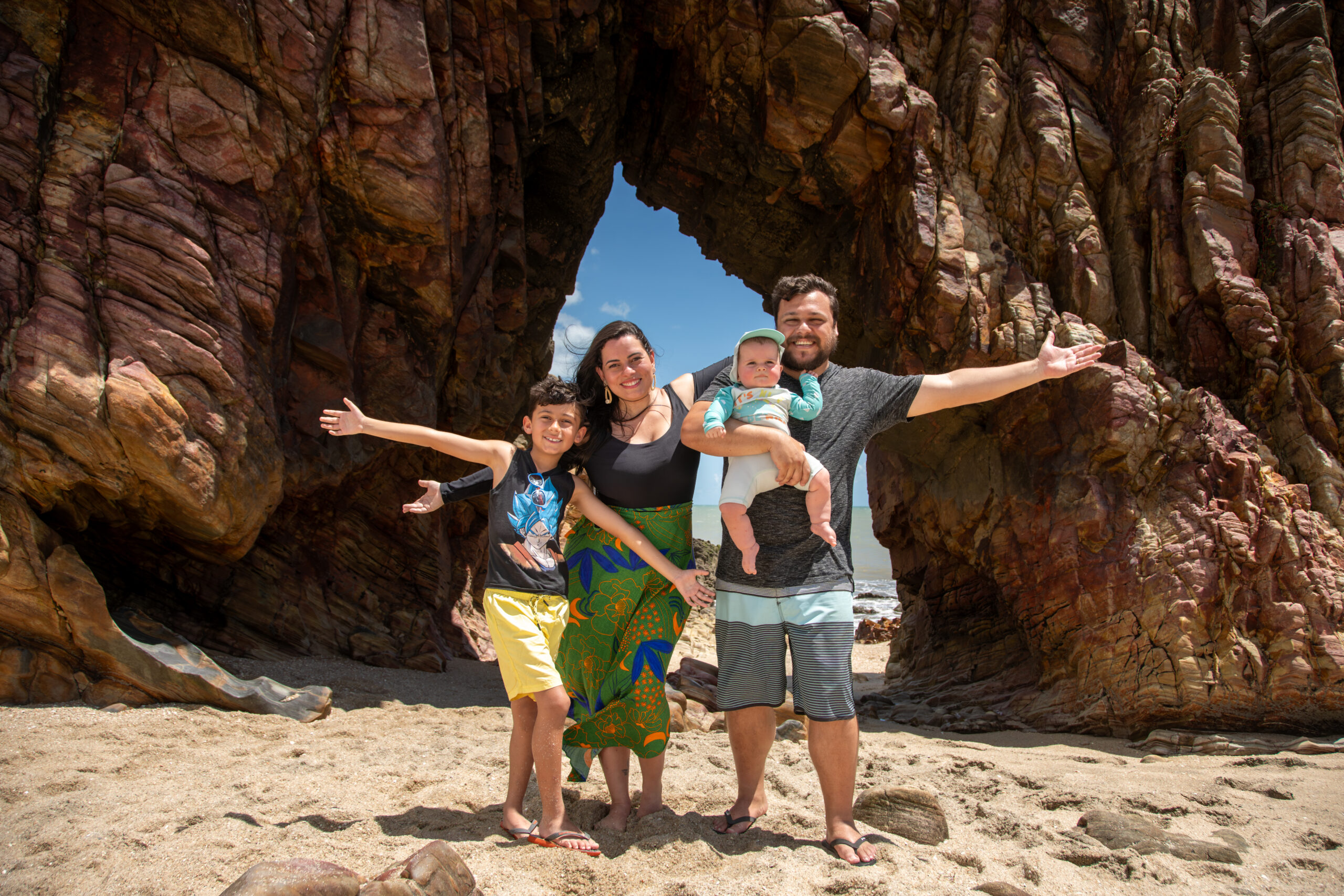Prague Astronomical Clock and the Old Town Hall
Prague's Astronomical Clock is one of the city's main landmarks and if you're looking for things to do in Prague, you can't miss it.
Known as the Orloj, it stands on the south side of Prague's Old Town Hall and is the most famous medieval clock in the WORLD! Its function was not to tell the time but to represent the orbits of the sun and moon. Prague's famous astronomical clock has been capturing the attention of both locals and visitors to the city for centuries: it has adorned the façade of the Old Town Hall since 1410.
Don't miss the Prague Astronomical Clock show!
The astronomical clock consists of several parts: in addition to the astronomical circles and the calendar, it is equipped with a mechanism made up of twelve apostles, which appear in two small windows every hour. During the apostles' stop, other figures on the façade of Prague's astronomical clock come to life through mechanical movements. These are dominated by the Grim Reaper: by turning the hourglass he symbolically stops time and by ringing the death bell, he reminds us that our time will unfortunately come to an end one day.
If you want to see the mechanism from the inside, visit the town hall!
Few people know that the chapel of the Virgin Mary allows you to see inside the mechanism of Prague's astronomical clock. It contains carvings of the twelve apostles. Although the astronomical clock was built in 1410, the wooden figures of the apostles had to be re-carved after 1945 due to damage to the clock. The chapel, located on the second floor of the town hall, gives you an idea of the interior of the apostles.
Visit the interior of Prague's Old Town Hall
Prague's Old Town Hall, together with the Astronomical Clock, is located in the historic center of the city and its grandeur does not go unnoticed, but the interior can be even more surprising. Anyone who goes to Prague and enjoys a bit of architecture or history shouldn't miss these spaces. The rooms on the upper floors are from different historical periods and clearly show the development of the Town Hall, almost like a mosaic of eras. This monument arose in the 14th century, after the purchase of individual houses, which facilitates a huge range of architectural elements from different periods, and this is easily seen as you walk through the rooms, observe the details and be amazed.
History of Prague City Hall
The Old Town Hall was founded thanks to the authorization of Czech King John I of Bohemia in 1338 and is known as the oldest town hall in Prague. One of the buildings on Old Town Square was chosen as its headquarters, but over the following centuries, the town hall was expanded with other buildings and rebuilt. Even at the beginning of the 20th century, the City Council met in a complex of several buildings. Today, only the southern part, made up of five historic houses, is preserved. The northeast wing was destroyed on the last day of the Second World War - May 8, 1945. The ruins were demolished and the site became an open-air space with trees. Today, the town hall is used for representational purposes and is the place where the Mayor receives important personalities who visit the city.
Aerial view
The dominant feature of Prague's Old Town Hall is the huge 14th century Gothic tower. At the time it was built, it was the tallest building in the whole of Prague. A watchtower was built on top of it for the guard, who would keep an eye on the surroundings and sound the alarm to the city in case of danger.

Today, its panoramic platform offers the best view of the city: you can see the Church of Our Lady in front of Týn or the Church of St. Migue. You can also admire Prague Castle from a distance or let your gaze wander over dozens of towers, turrets and domes that testify to the diversity of the city's architecture.
What to see in Prague's Old Town Hall
Chapel of the Virgin Mary Municipal Hall Old Municipal Hall Antechamber of the session room Brožik Session Room George Room Romanesque cellars Gothic cellars Main vestibule Town Hall tower
Chapel of the Virgin Mary
The tour of the Town Hall's interiors begins on the second floor of the tower, in the chapel of the Virgin Mary. Its decoration has undergone several modifications in the past. This is commemorated by wooden plaques to the left of the entrance, the oldest dating from 1481, to the right is the transcription of the plaque made in the 19th century, and the plaque in the center recalls the restoration. An interesting decoration of the Town Hall chapel are the windows with a chapel in 1857.

The chapel has a pentagonal balcony on the sides of which are neo-Gothic sculptures of St. Anne and St. Joseph from 1887. The author of the design was Bernard Otto Seeling, one of the most active Czech sculptors of the past. The painted decoration on the walls and sections of the vault date from the 19th century. The paintings of two angels (luciferes) on the walls to the sides of the balcony date from 1481. The Gothic entrance portal with a relief of two fishpeckers that were on the shield of the Czech king Wenceslas of Luxembourg dates from the end of the 14th century. In addition to the apostles, the stained glass windows are a sight to behold. These were made in Jihlava and installed in 1975.
Municipal Hall
The Municipal Hall was the center of the town hall. It was where the most important matters of the administration of Prague's Old Town were discussed. In the past, it was also used for wedding ceremonies. Today, the interior has been completely restored. The original Renaissance enclosure was destroyed in May 1945, and only two neo-Gothic portals remain from the old decoration. The room's dominant feature is a modern tapestry with the Prague coat of arms.

Next to the wooden staircase of the Municipal Hall we can see a door to the medieval prison where some of the leaders of the rebellion against the Habsburgs were imprisoned. In 1621 they were executed in the Old Town Square. This event is commemorated by 27 white crosses embedded in the sidewalk of the square.
Old Municipal Hall
The most valuable historic interior of the Town Hall is the Old Town Hall. Thanks to its architecture and decoration, it is one of the most beautiful late Gothic rooms in Europe. Its greatest pride is the sculpture of Christ the Sufferer from the early 15th century. There is also another sculpture in the shape of an angel with the Latin inscription "Judge righteously, children of man". This is a reference to the time when the Municipal Hall served as a courtroom. Another reminder of its function as a city court is the image of the Roman goddess of justice (Justicia) in the baroque slab greenhouse in the corner of the room.

The Old Town Hall stands out for its Gothic cladding and profiled beamed ceiling. The ceiling, decorated with Renaissance paintings from the 16th century, is supported by gold-plated chains. The chains originally formed part of the city's defense and were used to close off some of the Old Town's streets at night.
Session room antechamber
A single door dating from 1619 gives access to the antechamber. It is one of the few inlaid Renaissance doors preserved in Prague. The upper part is decorated with the image of Justice, with the allegory of Strength underneath. The door originally belonged to the Small Town Hall and was transferred to the Old Town Hall in 1854. Outside is a red marble portal that represents an extraordinary example of the Dutch Renaissance in Prague. On the walls are two lunettes by Václav Brožík, a famous Czech painter of the 19th century. Also in this room is the blue porcelain vase from Sèvres, which was donated to Prague in 1901 by the city of Paris. The Art Nouveau-style base with shields of the two cities was designed by Antonín Balšánek.
Session room in Brožík
Compared to other rooms in the town hall, the Brožík Sessions Hall stands out for its size, taking up two floors of the entire building. The hall was built in 1879; its current form in the late Art Nouveau style is the work of architect Josef Chochol from 1910. Until the end of the Second World War, it was used for sessions to represent Prague, and today it is used by the Mayor of Prague for official ceremonies.

The room is named after the painter Václav Brožík, author of two large paintings. The painting "Jan Hus before the Council of Constance" shows the last moments of the life of the medieval priest and predicant Jan Hus. For criticizing the state of the Church, the Council condemned him as a heretic and sentenced him to death by hanging. Jan Hus was rector of the University of Prague and is also considered to be the author of the reform of Czech orthography, thanks to whom Czech was the first Slavic language to use diacritics.

Jorge's room
Next to the session room is George's Hall, named after George of Poděbrady. His personality and election as Czech king in the Old Town are remembered by the bust in front of the room. It was carved from white Carrara marble by the sculptor Tomáš Seidan in 1873.

The walls show fragments of fresco paintings from the 15th century, and there is a Gothic wall or madonna with child next to the entrance door. A large part of the 16th century ceiling has also been preserved.

Karel Liebscher's painting shows a panoramic view of the royal city of Prague in 1902. The Art Nouveau-style landmark bears the Latin inscription "Prague - capital of the Czech Kingdom" and is decorated with many animal motifs.
Romanesque wineries
The Romanesque cellars introduce you to the oldest history of Prague's Old Town. Originally, their level was 2 to 8 meters below the level of the current streets. But the ground was often flooded by the River Vltava, so it had to be artificially raised. Thus, during the 12th century, the original first floor of the Romanesque houses was converted into a basement. Today, we know of approximately 70 houses on the territory of Prague's Old Town that were built below the level of the current streets.

The oldest architectural part of the Town Hall in the Old Town consists of a Romanesque double room from the 12th century. The masonry has been repaired twice, and only the ashlar wall remains. It has a small Romanesque window, small for security reasons. Thanks to its funnel shape, more light entered the room from outside. The room served as the owner's warehouse or workshop, while the second floor of the original house was used as a dwelling.
Gothic cellars
From the Romanesque hall we climbed some stairs to reach a stone pit that originally served as a rainwater cistern. At the end of the corridor is a small entrance portal that used to lead to the street, but is now four meters below street level. The sidewalk crosses several buildings, due to the unevenness of the terrain. The Gothic portal opens onto a small room that was originally a medieval alleyway between two houses. When the ground level was raised, it was not filled in, only vaulted, and the Gothic house was built over it.
After climbing some stairs you will pass over the bridge of the original site, the route passes next to a dry well and a wooden walkway leads to the next room. The stone-lined pit originally served as a rainwater reservoir and was converted into a dungeon after the underground was rebuilt. The prisoners also used other rooms, as evidenced by the names engraved on the rectangular Gothic portal.

Animals on the walls
In the next room, the sturdy pillar with several animal bones embedded in it is interesting. Storing animals in the cement of buildings is an old pagan custom that was supposed to bring prosperity or magical protection to the owner of the house. Next to the column is an eight-meter-deep well from the Romanesque and Gothic periods. As the only underground part of the Town Hall, the well is still supplied with water. From the rooms under the tower, there is a staircase to the first floor. Next to the wall are sculptures of Czech patron saints, originally placed on the pediment of the chapel, which were replaced by copies after the Second World War.
The wooden cross built from the half-burnt ruins of the eastern wing is a reminder of heroes who fell while defending the Town Hall in the final hours of the war. During the last days of the Second World War, the vast underground complex of the Town Hall served as one of the centers of the Prague uprising, i.e. the struggle against the German occupation. A provisional lazaretto was also established there to treat wounded defenders of the Town Hall and civilians.
Main Vestibule
The Nouveau decoration in the main vestibule of the Town Hall is a tribute to Czech national history. The author of the mythical and historical images is Mikoláš Aleš, one of the most important representatives of Czech fine art in the 19th century. His work presents various events, the earliest period symbolized by the mythical princess Libuše who with her prophecies foretold great glory for Prague, the High Middle Ages is represented by the image of St. Wenceslas on the vault, the date 1458 recalls the election of George of Poděbrady as Czech king, the era of the Jagiellonian government is symbolized by the decorative city shield, the executioner's sword and three black crows are an allusion to the execution of 1621 and the most recent era is illustrated by the scene called "Slavic Prague".

You enter the vestibule of the Town Hall through a wooden door dating from 1616. Although it is surrounded by a monumental Gothic portal. It is decorated with an ornament of leaves intertwined with animals and rare human beings. The portal is the work of Matěj Rejsek, builder of the nearby Powder Tower.
Town Hall Tower
The dominant feature of the Old Town's town hall is the huge 14th-century Gothic tower, from where you can see the Church of Our Lady in front of Týn or the Church of St. Michael. You can also admire Prague Castle from a distance or let your gaze wander over dozens of towers, turrets and domes that attest to the diversity of Prague's architecture. At the time it was built, it was the tallest building in the whole of Prague.
A watchtower was built at the top for the guard, who would keep an eye on the surroundings and sound the alarm to the town in case of danger. In addition to the sound signal with the trumpet, a red flag was also used, which was unfurled on a pole that was oriented in the direction of the danger. At night, the signal was a lantern with candles. During the night, two men stood guard in the tower - one man was in charge of the danger signal and the other went down to inform the councillors of the threat so that they could take the necessary security measures.
Beautiful view of the city

The guards remained in the Town Hall tower until 1866, when they were replaced by modern fire engines. In the 15th century, a small bell was installed in the tower of the Town Hall, whose antiquity surpassed that of the Town Hall. It dates from 1313 and is the oldest bell in the city. The tower was destroyed during the Nazi attack on the building in 1945. As a result of the fighting in 1945, the tower was severely damaged and required extensive reconstruction. Today, its gallery offers the most beautiful panoramic view of Prague. The Tower is fully accessible, with elevators for wheelchair users and people with reduced mobility
Be sure to follow us on Instagram and enjoy all our trips in real time! In the meantime, don't forget our YouTube there are lots of tips and cool trips. And of course we'll always bring you news here, stay tuned to Cris around the world







Supermarket in Amsterdam -
Where to sleep in Interlaken - cheap accommodation in Switzerland
Where to sleep in Interlaken - cheap accommodation in Switzerland
Arubinha - Rio de Janeiro.
Arubinha - Rio de Janeiro.
The Blessed - Salvador Carnival.
Carnival in Salvador.
Christmas in Portugal